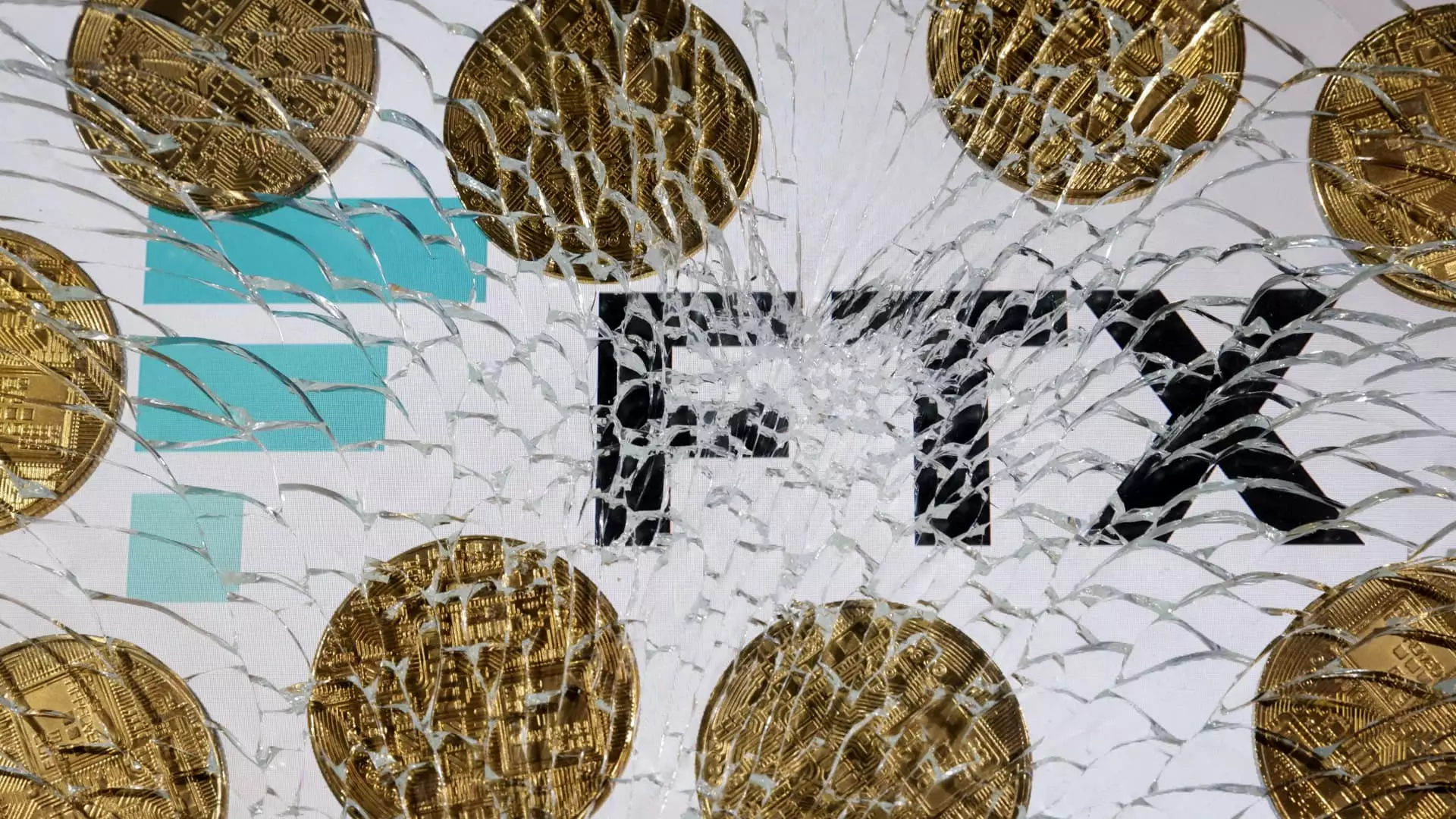In a significant development two years post-bankruptcy, the Delaware court has greenlit FTX’s reorganization strategy, unlocking pathways for the return of over $14 billion to customers affected by the fallout of the notorious cryptocurrency exchange. The statement from John Ray, the newly appointed CEO—who has handled similar situations, including the Enron debacle—signals a cautious optimism in the air. His declaration hints at the potential for a full repayment, not just of principal bankruptcy claims but also with interest. This could lead to the largest asset distribution in bankruptcy history, showcasing the complexities and challenges involved.
FTX’s journey toward financial rehabilitation is closely tied to the sales of various assets accumulated during its peak. Their efforts have amassed a total estimated asset valuation between $14.7 billion and $16.5 billion. This significant figure dwarfs the anticipated $11.2 billion owed to creditors, implying a notable surplus for distribution. What’s intriguing is how FTX meticulously liquidated its holdings, including substantial investments made through Alameda Research, to create a pot of funds for creditors. Among the assets is a sizable share in the AI powerhouse Anthropic, which FTX astutely sold for nearly $900 million, demonstrating strategic management of its portfolio even in crisis.
Impact on Creditors
Under the approved plan devised by Judge John Dorsey, most creditors—98% in fact—will receive 119% of their allowed claims based on figures as of November 2022, the time of FTX’s filing. Such terms are remarkable in the landscape of bankruptcies, often leaving creditors grappling with losses rather than restoring their faith in the system. The anticipated recovery not only helps restore the financial situation of the creditors but also reinstills confidence in the speculative crypto market, which has seen a resurgence with Bitcoin’s price soaring approximately 260% since FTX’s collapse.
The Fallout of Leadership
The aftermath of FTX’s demise also highlights the consequences faced by its founder, Sam Bankman-Fried, who was sentenced to 25 years on multiple charges, including the misappropriation of customer funds. His conviction serves as a cautionary tale about the responsibilities inherent in managing cryptocurrency enterprises. Such narratives can potentially shift the approach to governance in the crypto space, emphasizing the need for more stringent regulations to prevent future aberrations.
The bankruptcy estate is now at the precipice of finalizing distribution logistics. As they prepare to release key announcements concerning payment timelines, the stakeholders are bracing for a potential long-awaited rehabilitation. The lessons learned from the FTX saga could inform future policies in cryptocurrency governance, underscoring the need for greater transparency and accountability in an industry often clouded by speculation and risk. As FTX edges closer to making its payout plan a reality, the financial landscape continues to evolve with renewed discussions about regulatory frameworks and consumer protection in the burgeoning cryptocurrency market.

